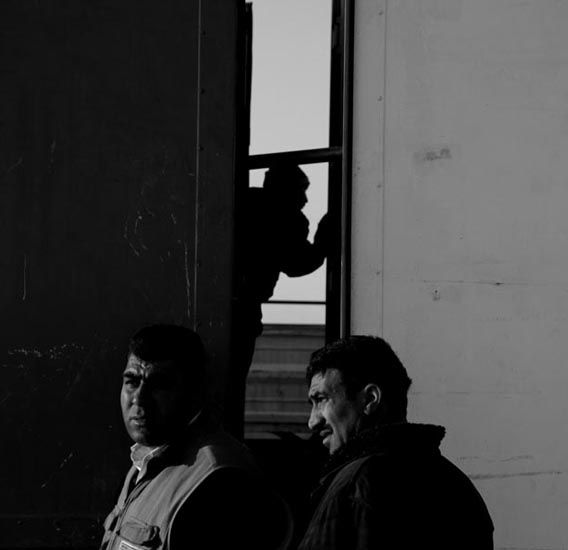seyrantepe
In the city of Van in eastern Turkey, two devastating earthquakes struck in the final months of 2011, measuring 7.2 and 5.6 in magnitude. The disasters claimed 644 lives and left tens of thousands homeless. Fearing aftershocks and the harsh winter, approximately 400,000 people were forced to leave the city.
Some of those who remained took tents provided near their homes, while others settled in tent cities. In early December, the Turkish Red Crescent Society established temporary housing for 3,500 people in the Seyrantepe district, where families stayed for nearly three months. The settlement, known as Seyrantepe Mevlana City, consisted of 600 “Mevlana Houses,” named after Mevlana Celaleddin Rumi. Each house, approximately eight square meters in size, offered more livable conditions than tents, while residents shared 60 bathrooms, 110 toilets, and two sculleries.
In early March 2012, Seyrantepe Mevlana City was abruptly evacuated, and residents once again had to leave their homes. Some dismantled and relocated their Mevlana houses near damaged properties, while others moved to container cities set up by the Van governorship. The evacuated Mevlana houses were later sent to Hatay to prepare for incoming Syrian refugees.
Through this work, I sought to document not only the physical spaces of temporary habitation but also the resilience, displacement, and adaptation of people caught between catastrophe and recovery. The story of Seyrantepe reflects the fragile intersection of survival, human solidarity, and the impermanence of shelter in the wake of disaster.

Savaş Onur Şen © 2020
















